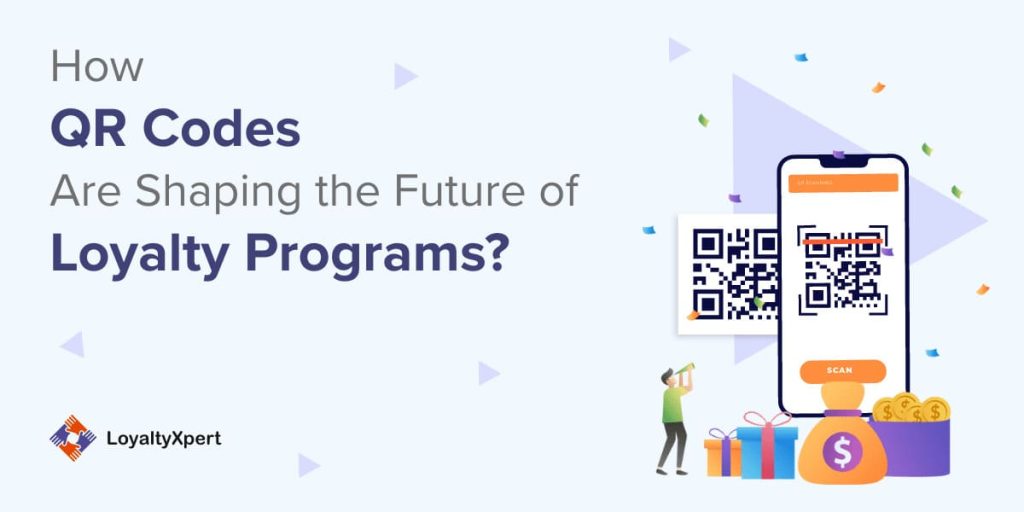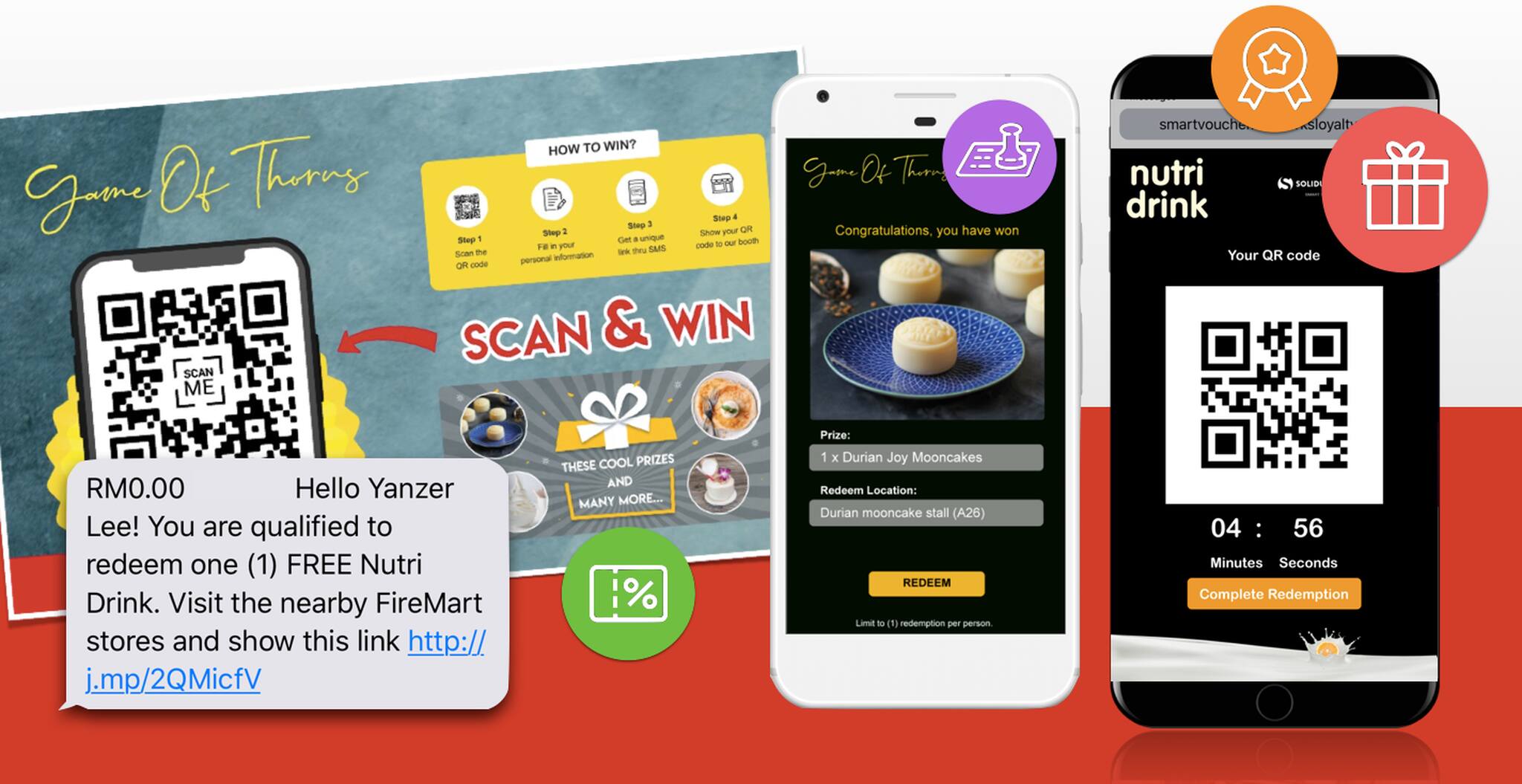Why Every Company Must Have a Loyalty System to Compensate Consumers
Why Every Company Must Have a Loyalty System to Compensate Consumers
Blog Article
Make The Most Of Interaction With an Efficient Loyalty System Strategy
In today's competitive landscape, a reliable loyalty system approach is critical for taking full advantage of client involvement. Companies have to prioritize a nuanced understanding of consumer choices and emotional triggers, using data analytics to develop tailored incentives.

Recognizing Consumer Requirements
Comprehending customer demands is extremely important for the success of any kind of loyalty system strategy. A comprehensive understanding of what drives client behavior enables companies to customize their programs properly. This entails not just recognizing the preferences and purchasing routines of customers however also understanding their psychological triggers and motivations.
To accomplish this, businesses must leverage information analytics and customer comments mechanisms. Assessing purchase background, engagement patterns, and market details offers valuable insights right into customer choices. Additionally, direct responses through studies or focus teams can illuminate certain needs and pain factors that might not be apparent from transactional information alone.

Inevitably, a deep understanding of consumer needs fosters stronger partnerships, boosts client contentment, and advertises retention. This foundational knowledge makes it possible for organizations to design commitment efforts that resonate with their target market, thereby driving engagement and encouraging long-term brand name loyalty.
Designing Reward Structures
Producing efficient incentive frameworks is vital for an effective loyalty system, as they straight affect client involvement and retention. To develop an impactful incentive structure, organizations should straighten their offerings with customer preferences and actions. This involves recognizing the motivations behind client commitment, such as discounts, unique offers, or experiential incentives.
A tiered reward system can incentivize much deeper customer interaction by giving significantly valuable rewards as clients get to greater investing levels. This motivates ongoing communication and grows a feeling of achievement among participants. Loyalty System. In addition, supplying customized incentives based upon specific purchase history can enhance the viewed value of the commitment program, making consumers really feel recognized and appreciated
Furthermore, it is crucial to guarantee that the benefits are obtainable. They may disengage from the program entirely if customers view incentives as too challenging to accomplish. Stabilizing possible objectives with aspirational rewards promotes a favorable experience, urging continual engagement.
Utilizing Technology Effectively
As services increasingly acknowledge the significance of loyalty programs, efficiently using modern technology becomes paramount to their success. Advanced information analytics devices enable business to gather and interpret client behavior patterns, enabling the growth of individualized advertising and marketing approaches that reverberate with private preferences. By leveraging customer relationship monitoring (CRM) systems, businesses can track interactions and reward redemptions, ensuring a smooth experience for participants.
Mobile applications play a vital duty in boosting user engagement by providing easy accessibility to loyalty program information and rewards. These applications can assist in real-time notifications concerning promos, which encourages prompt involvement. Additionally, incorporating social media systems into loyalty programs not just boosts presence however also promotes community involvement, enabling customers to share their experiences and rewards.
Additionally, employing man-made intelligence (AI) can automate client communications, providing customized suggestions and improving response times. This innovation not only improves the customer experience yet additionally allows services to enhance their commitment approaches based upon predictive insights. Inevitably, the efficient usage of innovation in commitment programs not just raises consumer fulfillment yet also drives long-lasting retention, making certain that businesses remain competitive in a quickly advancing market.
Communicating Worth Propositions
How can companies efficiently communicate their value propositions to enhance customer loyalty? To achieve this, organizations must first identify and articulate the distinct advantages their loyalty programs use. This needs a clear understanding of customer needs and choices, permitting organizations to customize their messages as necessary.
Using multiple interaction networks is necessary. Email e-newsletters, social networks, and in-store signage can all function as systems to communicate value propositions properly. Uniformity in messaging across these channels enhances the loyalty program's benefits and makes certain that consumers stay informed.
Moreover, narration can improve interaction by showing exactly how the a fantastic read loyalty program influences consumers' lives. Sharing endorsements or instance studies can create a relatable narrative that resonates with possibility and existing participants. In addition, businesses should emphasize exclusivity and personalization, showcasing how commitment members acquire access to special rewards or experiences that non-members do not get.
Measuring Success and Feedback
While implementing a commitment program can be a considerable investment, gauging its success and celebration consumer responses are critical actions that ensure its long-lasting efficiency. Establishing key efficiency signs (KPIs) such as customer retention rates, ordinary transaction value, and program registration prices offers a measurable structure to assess the program's effect. In addition, tracking interaction metrics like engagement frequency and benefit redemption rates can expose insights right into consumer habits and complete satisfaction.
Making use of surveys, focus teams, and social media paying attention can aid collect qualitative information on consumer Visit Website assumptions of the commitment program. Routinely examining this responses makes certain the program remains aligned with customer expectations and choices.
In addition, benchmarking against sector criteria enables a comparative evaluation to determine the program's performance. By manufacturing both measurable and qualitative information, businesses can make informed decisions about required modifications to boost the commitment program. Loyalty System. Inevitably, a durable dimension and comments method not only demonstrates the program's value yet also promotes a recurring discussion with customers, reinforcing their commitment and dedication to the brand
Conclusion
A reliable loyalty system strategy calls for a detailed understanding of customer demands, the style of appealing incentive frameworks, and the efficient use of technology. By plainly interacting worth recommendations and constantly measuring success with feedback, organizations can create a vibrant environment that cultivates customer involvement and loyalty. Inevitably, the integration of these components enhances consumer complete satisfaction and drives maintained participation, bring about long-term success and earnings in a competitive market.
Creating efficient incentive structures is crucial for a successful commitment system, as they directly influence consumer interaction and retention.A tiered reward system can incentivize much deeper consumer interaction news by giving progressively beneficial rewards as clients get to higher costs degrees. Additionally, providing individualized rewards based on private purchase history can boost the viewed worth of the commitment program, making clients really feel understood and valued.
Additionally, incorporating social media systems into commitment programs not only enhances exposure however additionally fosters area involvement, allowing clients to share their experiences and rewards.
Eventually, the reliable usage of technology in commitment programs not only raises client contentment however also drives long-term retention, ensuring that businesses continue to be competitive in a quickly developing market.
Report this page